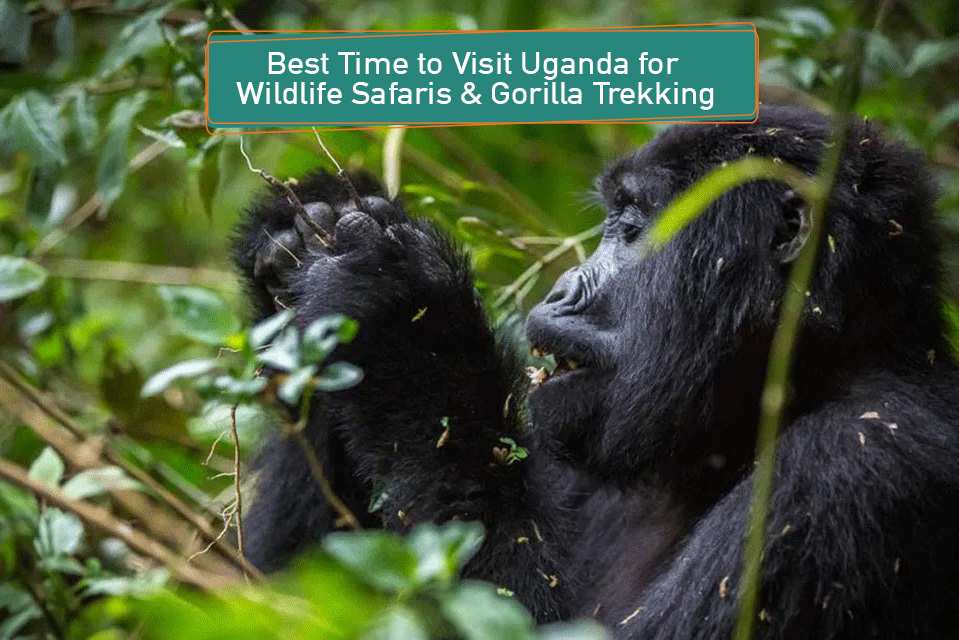
Discover the ideal months for each activity by considering weather conditions, crowd levels and budget. Get expert insights from local professionals to plan an unforgettable Ugandan adventure! From the best weather conditions for gorilla trekking to the peak seasons for wildlife viewing, this guide will help you determine the perfect time for your Ugandan safari.
The dry (peak) season is the best time to enjoy a family safari Uganda experience, offering ideal conditions for gorilla trekking, wildlife safaris, and birdwatching. This season spans from June to August and December to February. However, the best timing for your safari depends on your specific interests and travel goals. Whether you’re looking to track endangered mountain gorillas, embark on exhilarating wildlife safaris, or marvel at the stunning spectacle of migratory birds, understanding Uganda’s climate and wildlife patterns will help you craft an unforgettable adventure.
- Overview: Activity/Preference – Best Time to Visit & Why
- Details of the Uganda Rainy Seasons (March-May, September-November)
- Details of the Uganda Dry Seasons (June-August, December-February)
- Month-by-Month Guide: Choosing the best time for your Uganda safari depending on the Uganda safari weather
- Choose the Perfect Time to Explore Uganda Today!
Overview: Activity/Preference – Best Time to Visit & Why
- Gorilla Trekking: June-August, December-February – Dry trails, easier trekking
- Wildlife Safaris: June-August, December-February – Animals congregate around water sources, easier visibility
- Bird watching: November-April, May-September(for migratory birds) – Abundant wildlife, nesting season
- Traveling on budget: March-May, September-November – Low prices, fewer crowds
- Avoiding crowds: March-May, September-November – Low season, quieter parks
- Warm sunny weather: June-August, December-February – Dry season, little or no rainfall
- Lush landscapes: March-May, September-November – Vibrant green scenery, rainy season
1. Weather
Uganda has two main seasons:-
I. Dry Season (June–August, December–February): Widely regarded as the best time for most travelers, the dry season offers warm, sunny days with little rain. It provides excellent conditions for gorilla trekking, wildlife safaris, and other outdoor activities. The roads are dry and passable during this period, and the trails in the forests are dry, making it easy to hike while looking for the gorillas. However, it is also the peak tourist season, so expect more visitors and higher prices.
II. Rainy Season (March–May, September–November): This season brings lush greenery, fewer tourists, and lower prices. Although afternoon showers are frequent, they are usually short-lived, and parks tend to be less crowded. Birdwatching and photography can be particularly rewarding during this time due to the vibrant landscapes and active wildlife. However, some roads may require you to have a 4×4 safari vehicle for easy navigation through them.
2. Activities
Some activities are better suited to certain times of the year:
• Gorilla Trekking: The dry season is preferred as the trails are less muddy and gorillas are usually found at lower altitudes. However, gorilla trekking is available year-round, and many travelers appreciate the lush scenery during the rainy months.
Recommended trip: 3-Day Uganda Fly-in Gorilla Safari
• Wildlife Safaris: The dry season is ideal for wildlife viewing since animals gather around limited water sources and are easier to spot in sparse vegetation. The rainy season, however, offers sightings of newborn animals and beautiful green landscapes in the different national parks.
Recommended trip: 10-Day Uganda-Rwanda Primates and Big Five Safari
• Birdwatching: Uganda is a haven for birdwatchers throughout the year. Migratory birds are most prevalent from November to April, while resident species are more visible during the dry months. This is also evident in some parks like Semuliki and Queen Elizabeth National Park.
Recommended trip: 15-Day Uganda-Rwanda Birding, Primates and Big Five Safari
3. Crowds and Cost
• Peak Season (June–August, December–February): Expect larger crowds because it a period for summer holidays in many countries of Europe. Due to the high demand, the rates for accommodation are higher, and no discount can be given. Additionally, some activity prices are higher, especially those that are under the management of private individuals like boat cruises in savannah national parks. There’s also need to book well in advance. This is because you need to book the vehicles, guides, and others in advance since they’re also on high demand during this time of the year.
• Shoulder Season (March–May, September–November): Enjoy fewer tourists, potentially lower prices, and greater availability for accommodations and gorilla permits. However, the weather can be more unpredictable.
4. Personal Preferences
Ultimately, the best time to visit Uganda depends on what matters most to you:
• Weather: Do you prefer warm, dry conditions or lush, green scenery with occasional rain?
• Crowds: Would you rather have a quieter, more private experience, or don’t mind sharing attractions with more visitors?
• Budget: Are you seeking the most cost-effective travel period, or are you comfortable paying extra for peak-season advantages?
By weighing these factors, you can select the ideal time for your Ugandan adventure based on your interests, budget, and travel style.
Details of the Uganda Rainy Seasons (March-May, September-November)
Uganda experiences two distinct rainy seasons, each offering its own unique appeal:
1. Long Rains (March–April)
As the name suggests, the long rains bring heavier and more frequent rainfall. While some travelers may avoid this period, it offers a chance to experience Uganda. The landscapes transform into lush green paradises, waterfalls flow with renewed intensity, and wildflowers burst into bloom, creating a breathtaking spectacle.
Pros
• Stunning, green landscapes both in the countryside and in the national parks
• Fewer tourists, offering a more intimate experience
• Lower prices for accommodations and activities. Lodges usually offer discounts to attract customers
• Exceptional photography opportunities as there’s no dust in the atmosphere
• Potential for rare wildlife sightings, such as newborn animals
Cons
• Increased rainfall and humidity
• Some roads and trails become muddy and more challenging
• Gorilla trekking can be more physically demanding
2. Short Rains (May, September–November)
The short rains bring lighter showers and more frequent sunshine, making this season a great balance between lush scenery and relatively favorable weather conditions. It’s an excellent time for travelers who want to experience Uganda’s beauty without the peak-season crowds.
Pros
• Lush, green landscapes compared to the dry season
• Fewer tourists, allowing for a more peaceful experience
• Comfortable temperatures for outdoor activities
• Excellent birdwatching opportunities, including migratory species
• Slightly easier gorilla trekking, as gorillas often stay at lower altitudes
Cons
• Occasional rain showers may interrupt activities
• Some roads can become slippery, requiring a 4×4 safari vehicle
Is the Rainy Season the Best Time for Uganda Wildlife?
If you’re a budget-conscious traveler looking to avoid crowds, the rainy season is the best Uganda safari season for you to visit. With lush landscapes, abundant wildlife, and reduced prices on accommodations and activities, it presents a great opportunity for an affordable and immersive experience. However, it’s essential to be prepared for occasional rain showers and potentially challenging road conditions. If you’re flexible and adventurous, the rainy season can provide a uniquely rewarding journey.
Tips for Traveling During the Rainy Season
• Pack waterproof gear, including rain jackets, pants, and sturdy shoes
• Choose accommodations with covered walkways and indoor activities
• Consider renting a 4×4 safari vehicle for navigating muddy roads
• Consult with your tour operator for up-to-date information on road conditions and park accessibility
By embracing the rainy season, you’ll discover a side of Uganda that many visitors miss—a land bursting with life, color, and natural beauty.
Details of the Uganda Dry Seasons (June-August, December-February)
The dry seasons in Uganda — June to August and December to February — are perfect for a fun and unforgettable family safari adventure. With abundant sunshine, minimal rainfall, and excellent wildlife viewing, this period is often considered the best time to visit Uganda,
especially for activities like gorilla trekking, boat cruises, hiking, mountaineering, and game drives.
1. June–August
The mid-year dry season features warm, sunny days and clear skies, making it an excellent time for photography and wildlife spotting. Thinner vegetation allows for better visibility during game drives as you can spot animals even when they are a bit far away from your safari vehicle.
Pros
• Pleasant weather with comfortable temperatures
• Ideal conditions for gorilla trekking with dry trails and easier access to gorilla trekking destinations (Bwindi Impenetrable National park and Mgahinga Gorilla National Park)
• Prime wildlife viewing in savannas and national parks (Queen Elizabeth National Park, Murchison Falls National Park, Lake Mburo National Park, Kidepo Valley National Park and Semuliki National Park)
• Great for hot air balloon safaris and boat cruises as animals congregate around water sources, allowing tourist to see more animals while covering shorter distances
• Exciting cultural festivals and events in different parts of the country
Cons
• Peak tourist season, leading to larger crowds and higher prices
• Accommodation facilities are costly and not willing to offer discounts due to the high demand
• Also, some lodges and camps may be fully booked, requiring advance reservations
2. December-February
The end-of-year dry season offers benefits similar to those of the mid-year period, with warm temperatures and minimal rainfall. This is a popular time for holiday travel and wildlife enthusiasts.
Pros
• Pleasant weather with sunny skies
• Great wildlife viewing opportunities (especially in the savanna parks)
• Ideal for birdwatching, as migratory species arrive
• Festive atmosphere with holiday celebrations
Cons
• High season, particularly in December, resulting in larger crowds and higher prices
• Dust can be a factor in some areas, especially on game drives
Is the Dry Season the Best Time for Uganda Wildlife?
If you’re looking for sunny weather, optimal wildlife viewing, and a classic safari experience, the dry season is the ideal time for your Uganda adventure. With dry trails and clear skies, gorilla trekking and game drives become even more enjoyable, and the abundance of wildlife guarantees unforgettable encounters. However, keep in mind that this period attracts more tourists, leading to larger crowds and higher prices, especially in peak months.
Tips for Traveling During the Dry Season
• Book early – Secure accommodations and permits well in advance, as demand is high
• Pack appropriately – Lightweight, breathable clothing is best for warm temperatures
• Seek quieter spots – Visiting less crowded parks can provide a more intimate safari experience
• Stay sun-protected – A hat, sunglasses, and sunscreen are essential under the strong African sun
No matter whether you visit during the mid-year or end-of-year dry season, Uganda’s diverse wildlife and breathtaking landscapes will provide an incredible safari experience.
Month-by-Month Guide: Choosing the best time for your Uganda safari depending on the Uganda safari weather
To help you pinpoint the ideal time for your Uganda adventure, let’s explore the unique characteristics and highlights of each month:
January
• Weather: Dry season with warm temperatures and plenty of sunshine.
• Wildlife: Prime time for wildlife viewing in savanna parks like Queen Elizabeth, Murchison Falls, and Kidepo Valley. Migratory birds are also present.
• Pros: Excellent conditions for gorilla trekking, abundant wildlife sightings, and clear skies for photography.
• Cons: Being a peak season, expect larger crowds and higher prices for accommodations and permits.
February
• Weather: Similar to January, with warm temperatures and little to no rainfall.
• Wildlife: Excellent conditions for game drives and boat safaris, with abundant animal sightings.
• Pros: Perfect for gorilla trekking and wildlife viewing, with clear and dry trails.
• Cons: Still a peak season, meaning larger crowds and higher prices.
March
• Weather: Marks the beginning of the long rainy season, bringing increased rainfall and humidity.
• Wildlife: Lush green landscapes, heightened bird activity, and the birth of baby animals.
• Pros: Fewer tourists, lower accommodation and activity costs, and stunning, vibrant scenery.
• Cons: Rain can make some roads and trekking trails more difficult to navigate.
April
• Weather: The long rainy season persists, with frequent showers.
• Wildlife: Flourishing vegetation, rejuvenated waterfalls, and prime birdwatching opportunities.
• Pros: Reduced prices, fewer crowds, and rare wildlife encounters.
• Cons: Heavy rainfall may limit some activities, and certain roads may become muddy and difficult to navigate.
May
• Weather: A transitional period between the long rainy season and the dry season.
• Wildlife: Vegetation starts to thin, and animals gather near water sources, improving wildlife sightings.
• Pros: Fewer tourists, possible discounts on accommodations, and a blend of lush scenery with increasing wildlife activity.
• Cons: Weather can be unpredictable, and some roads may still be muddy and challenging to navigate.
June
• Weather: Marks the beginning of the dry season, bringing warm, sunny days and clear skies.
• Wildlife: Animals gather near water sources, making them easier to spot during safaris.
• Pros: Outstanding wildlife viewing, optimal conditions for gorilla trekking, and comfortable temperatures.
• Cons: The start of peak season, leading to increased prices and a rise in tourist numbers.
July
• Weather: The dry season persists with consistently warm and sunny conditions.
• Wildlife: An excellent time for game drives and boat safaris, with high chances of spotting wildlife.
• Pros: Ideal weather for outdoor adventures, exceptional wildlife encounters.
• Cons: Peak tourist season means larger crowds and increased prices.
August
• Weather: Warm temperatures and clear skies, similar to July.
• Wildlife: Fantastic opportunities for both gorilla trekking and chimpanzee tracking.
• Pros: Perfect weather for wildlife viewing, diverse animal sightings, ideal for adventure activities.
• Cons: Peak season continues, with higher prices and crowded parks.
September
• Weather: A transition month with occasional rainfall and cooler temperatures.
• Wildlife: Migratory birds begin to arrive, enhancing birdwatching opportunities.
• Pros: Fewer crowds than peak season, lower prices, and a chance to see both resident and migratory birds.
• Cons: Unpredictable weather with possible rain.
October
• Weather: Beginning of the short rainy season with occasional showers and cooler temperatures.
• Wildlife: Lush landscapes, abundant birdlife, and newborn animals.
• Pros: Fewer crowds, lower prices, and stunning scenery.
• Cons: Rain can be frequent, and some roads may be slippery.
November
• Weather: Short rains continue, but showers are typically lighter and shorter.
• Wildlife: Peak time for birdwatching with both resident and migratory species.
• Pros: Fewer crowds, lower prices, vibrant landscapes, and excellent for bird enthusiasts.
• Cons: Rain can still occur, and trails may be muddy.
December
• Weather: Transition month with decreasing rainfall and rising temperatures.
• Wildlife: Wildlife begins to disperse as water sources become more abundant across the parks.
• Pros: Fewer crowds compared to peak season, beautiful scenery, and a festive atmosphere.
• Cons: Weather can be unpredictable, and some parks may be closed for maintenance.
By examining this month-by-month breakdown, you'll gain valuable insights into the distinct advantages and considerations for each time of year. This information, paired with your personal preferences and interests, will help you select the best time to plan your unforgettable Uganda safari adventure.
Choose the Perfect Time to Explore Uganda Today!
As you’ve seen, Uganda offers incredible experiences year-round, with each season bringing its own charm. Whether you’re captivated by the sunny skies and abundant wildlife of the dry season or the lush landscapes and vibrant birdlife of the rainy season, there’s truly no wrong time to visit this East African gem. The ideal time for your Uganda safari adventure ultimately depends on your preferences,
interests, and budget. By carefully considering the factors outlined in this guide, you’ll be equipped to confidently choose the perfect time to explore this captivating country. No matter when you choose to visit, Uganda promises an unforgettable safari experience filled with breathtaking scenery, incredible wildlife encounters, and rich cultural immersion.
___________________________________________________________________________
Ready to plan your dream Uganda safari?
Reach out to our expert safari consultants at Safari Vacations and Travel Services today to create a personalized itinerary that perfectly matches your interests and preferences. We’ll handle all the details, from booking accommodations and permits to arranging transportation and activities, so you can relax and enjoy an unforgettable African adventure.
Visit the Uganda Wildlife Authority for more information.
Leave a Reply
Your email address will not be published. Required fields are marked *


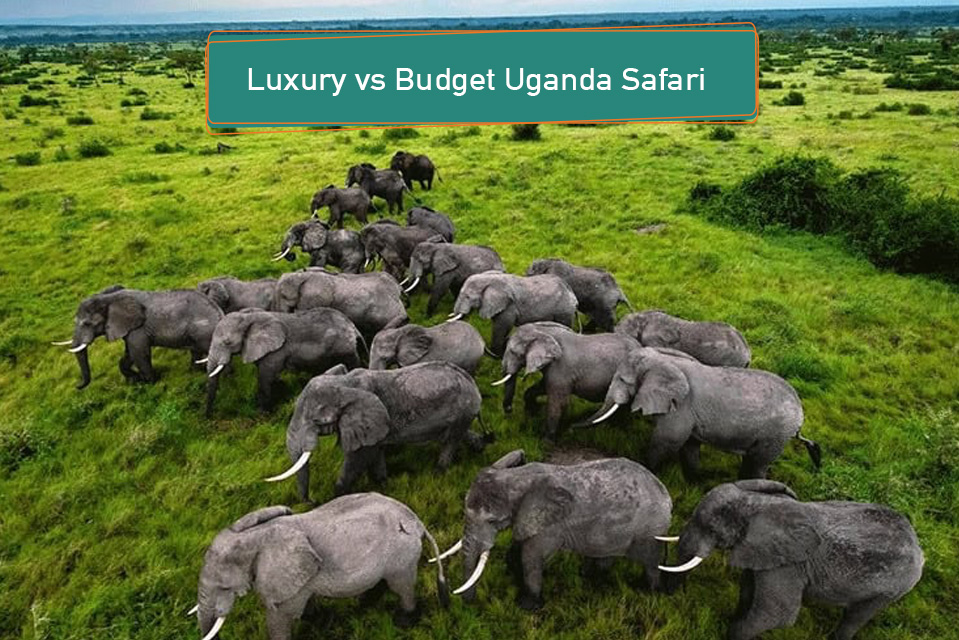
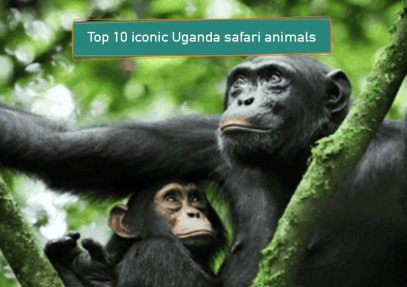
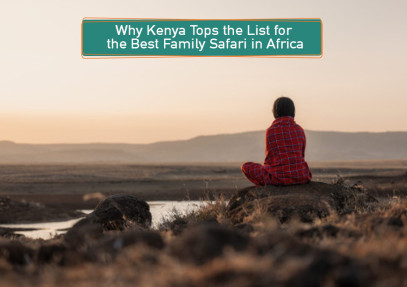
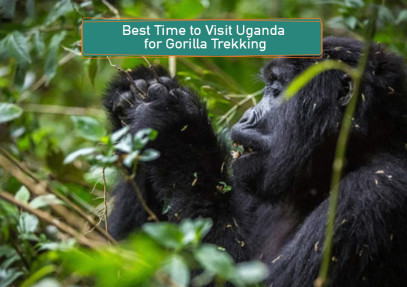
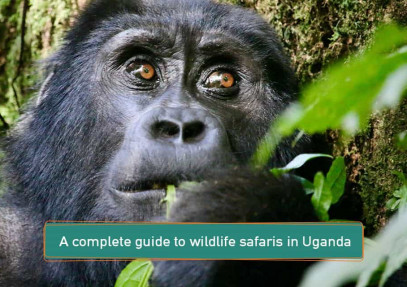

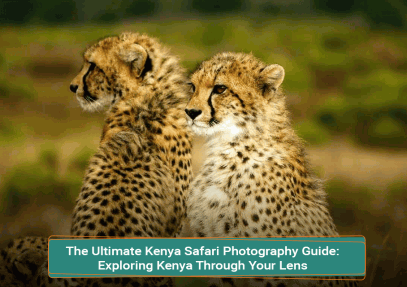
No Comments